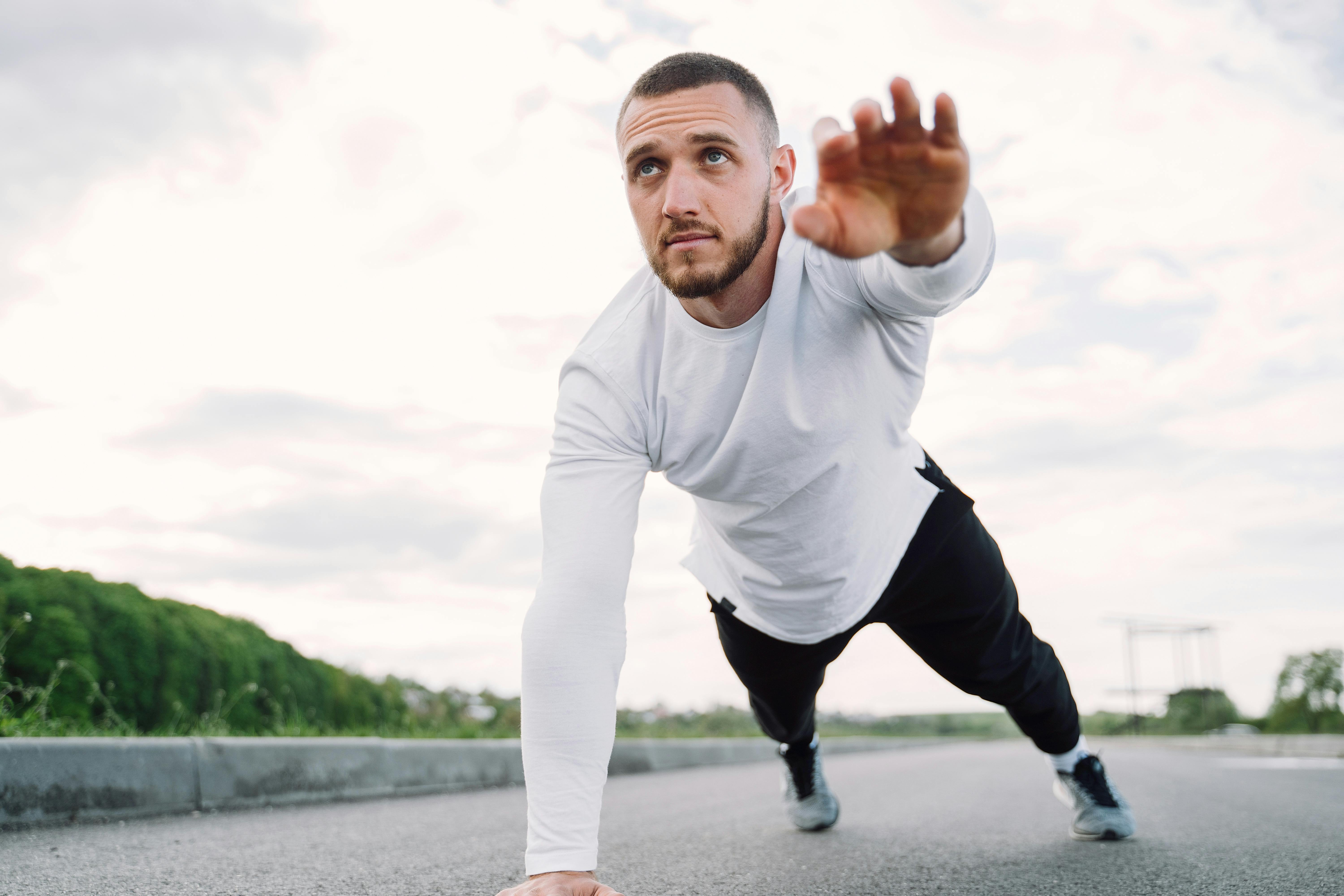Bones lay the foundation for life as we know it in our bodies. They shape us, help us stand upright, and keep everything in its place. It is important to give them as much love and attention as we can. Through diet and exercise, you can build your bones to be bigger and stronger.
Definition of osteoporosis
Osteoporosis, or porous bone, is a condition in which the bones in the body become weak and brittle. When healthy, the body perfectly removes and creates new bone tissue. In osteoporosis, the body gets rid of bone tissue faster than it can make more. This leads to bones that appear porous and increases the chance of fracture.
foods for bone health
The foods that are eaten day in and day out can have a big impact on the health of your bones. Regularly choosing fresh fruits and vegetables, legumes, whole grains, nuts and seeds, low-fat dairy products, and fish are some of the best foods to try.
Fruit: Papaya, orange, grape, banana, banana, plum, grapefruit, strawberry, pineapple…
vegetables: Spinach, kale, collard greens, mustard greens, broccoli, potatoes, bell peppers, Brussels sprouts…
Vegetables: Chickpeas, black beans, pinto beans, red beans, broad beans, black-eyed beans…
Whole grains: Oats, brown rice, barley, millet, bulgur, buckwheat…
Nuts and seeds: Almonds, pecans, walnuts, pistachios, cashews, Brazil nuts…
Dairy products: Low-fat or fat-free yogurt, milk, and cheese
Fish: Canned sardines, salmon, mackerel and tuna
In the interest of bone health, it’s important to note that there are some foods that could put a damper on your efforts to build stronger bones. Some additional recommendations are to limit the consumption of salt, moderate the consumption of alcohol and caffeine, and limit the consumption of soft drinks.
Exercising for Bone Health
Bones get bigger, stronger, and denser the more you push them. If you’re not participating in an activity that puts stress on your bones, then they won’t get any message that they need to be strong. Those who do not exercise are at risk of having lower bone mass or density. When you exercise with weights, your brain sends a chemical message to your bones telling them to be ready to handle the weight and impact.
There are two types of exercises that are important for building and maintaining bone mass and density: loading and resistance exercises.
exercise with weights
Weight-bearing exercises are those that make your body work against gravity, such as running, walking, climbing stairs, dancing, and playing tennis. These are exercises where your feet and legs support your weight. Every time your foot hits the ground, it applies stress to your bones, which respond by maintaining or sometimes increasing their strength, which can be measured in terms of increased bone mineral density. The greater the impact of contact activity, the greater the benefit to your bones. Therefore, weight-bearing exercises that include running or jumping are more beneficial for bone health than more gentle weight-bearing exercises, such as walking. Swimming and bicycling are not weight-bearing, although they are excellent aerobic exercises.
To maintain the bone-strengthening benefits of weight-bearing exercise, you must continue to exercise regularly, long-term. If you stop exercising, the benefit wears off. Experts recommend 30 minutes of weight-bearing exercise every day to maintain bone health.
resistance exercises
The second type of exercise that is important for bone health is resistance exercises that use muscle strength to improve muscle mass and strengthen bones. These activities include weight lifting, such as using free weights and weight machines found at your local gym. Incorporating resistance training 2-3 days a week for 30 minutes per session has been shown to help keep bones healthy.
5 tips for strong bones
- When sitting for long periods of time, stand up for 5 minutes out of every hour.
- Walk and stand as often as possible in the course of your daily activities.
- Try to stand as upright as possible, raising your head toward the ceiling.
- Wear soft-soled shoes and thick socks to lessen the impact on your weight-bearing joints.
- When lifting, avoid bending over from the waist to pick up items off the ground or in low places. Bend with your knees in place. Keep your back straight when bending over.
You don’t need to join a gym or pay a personal trainer to be physically active. Starting with these suggestions can help strengthen your bones. Once you feel confident, you can begin to develop a regular exercise routine.
Note: Always check with your doctor before beginning any exercise program.
To review…
Eating right and getting some daily movement are the keys to opening the door to great bone health. The more often you make these choices, the more natural it will feel. Be patient and remember, health is a journey.


